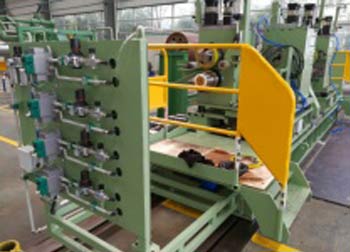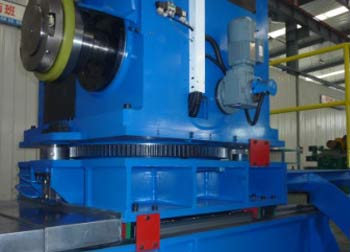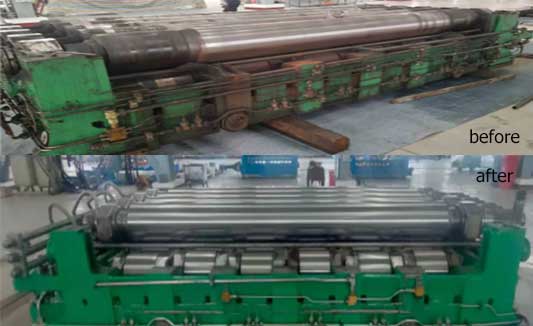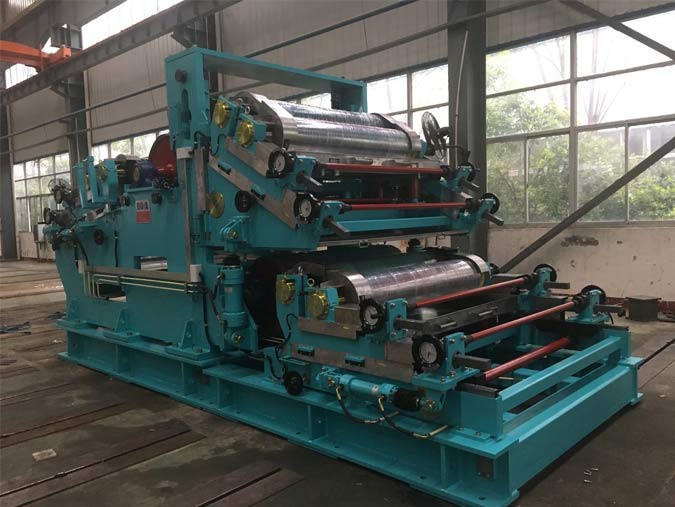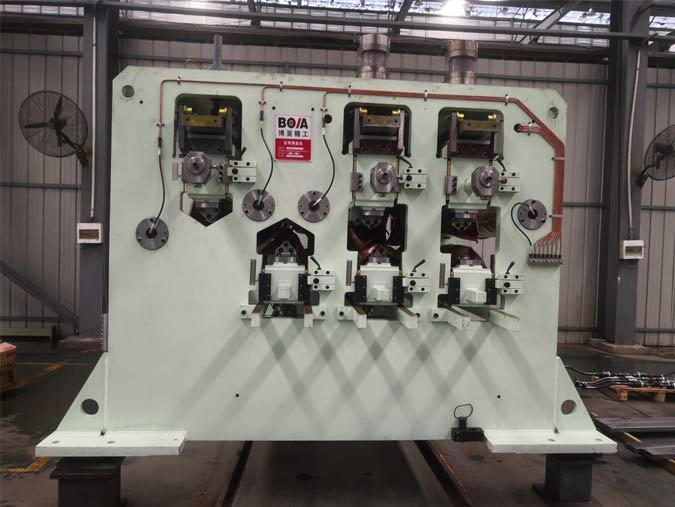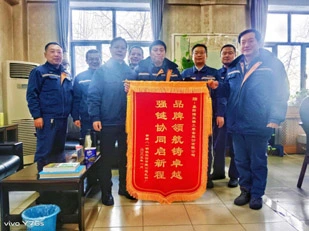Exploring the Key Components of Fine Blanking Press Machine
As an important equipment in the field of modern metal processing, the stability of performance and accuracy of a fine blanking press machine depends directly on the design and manufacture of its key components. In this paper, we will deeply explore several key components of fine blanking press machine and analyse how they affect the performance and precision of the whole equipment.
Machine Body Structure
The body structure is the skeleton of the fine blanking press machine, which carries the weight of the whole equipment and the huge force generated in the stamping process. An excellent body structure should have enough rigidity and stability to ensure that no deformation or vibration occurs in the high-speed, high-precision stamping process. Common fuselage structures include cast fuselage, welded fuselage and combined fuselage. Each of these structures has its own characteristics and needs to be selected according to specific use scenarios and requirements.
In the design of the body structure, it is also necessary to consider issues such as heat dissipation and sealing. Since fine blanking presses machine generates a large amount of heat under long time and high load working condition, effective heat dissipation measures must be taken to ensure the normal operation of the equipment. At the same time, the sealing of the machine body is also vital in order to prevent oil leakage and dust entry.
Stamping System
The stamping system is the core component of the fine blanking press machine, which is responsible for generating and transmitting the stamping force to stamp the metal sheet into the required shape. The stamping system mainly consists of slider, guide rail, mould and driving device. Among them, the precision and wear resistance of the slide and guideway have an important impact on the precision and life of the equipment.
In order to improve the precision and stability of the stamping system, modern fine blanking presses machine usually adopts high-precision guide rails and slides, as well as advanced drives. For example, some high-end machines use servo motors and linear guideways, enabling more precise control and higher stamping speeds. In addition, in order to reduce the wear and tear of the mould and extend its service life, it is also necessary to use high-quality mould materials and advanced lubrication technology.
Control System
The control system is the brain of the fine blanking press machine, which is responsible for controlling various functions and parameters of the equipment. An excellent control system should have the characteristics of high precision, high reliability and easy operation. The control system of modern fine blanking press machine usually adopts advanced control technology such as PLC or CNC, which can realise automation and intelligent control.
Factors to be considered in the design of control systems include control accuracy, response speed, fault diagnosis and remote monitoring. In order to improve the control accuracy and response speed of the equipment, the control system needs to adopt high-precision sensors and advanced algorithms. At the same time, in order to facilitate the fault diagnosis and remote monitoring of the equipment, the control system should also have a perfect fault diagnosis function and remote communication interface.
Safety Protection Devices
Safety protection device is an indispensable part of the fine blanking press machine, which is responsible for the protection of equipment and operator safety. Common safety protection devices include photoelectric protection device, emergency stop button, protective cover and so on. These devices can detect and stop potential safety hazards in a timely manner, ensuring the safety of the equipment and the operator.
Factors to consider in the design of safety protection devices include sensitivity, reliability and ease of use. In order to ensure that these devices are able to function at critical moments, quality sensors and controllers must be selected and rigorously tested and verified. At the same time, these devices should also be characterised by ease of operation and maintenance in order to facilitate their use and maintenance by operators.
Popular BOYA Flat Metal Processing Machinery
Other Articles about BOYA Flat Metal Processing Machinery

 English
English 